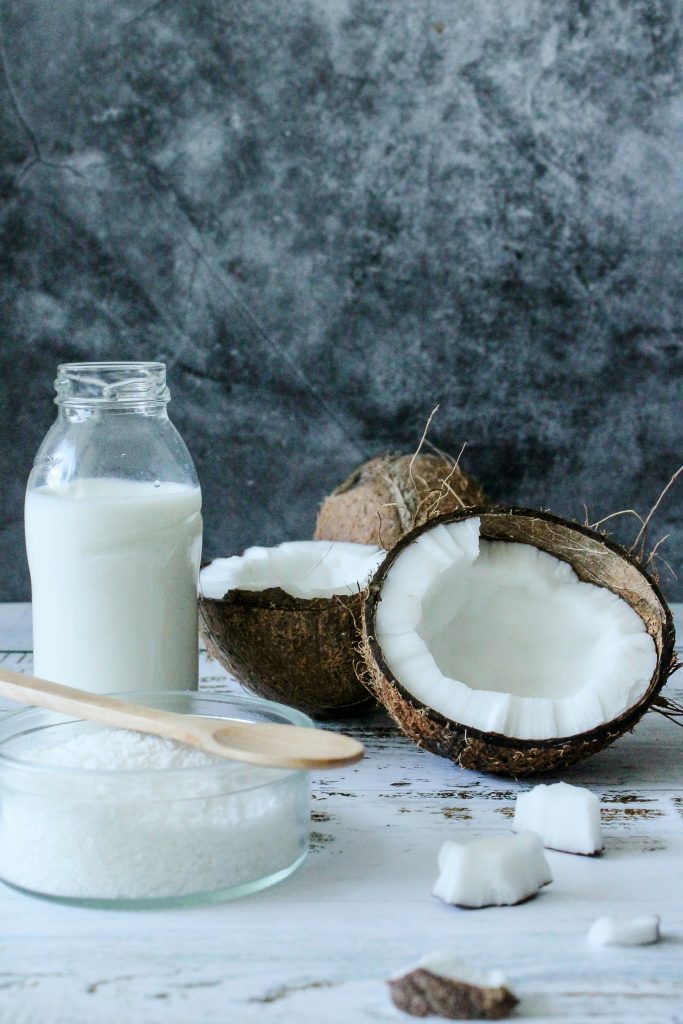Can You Compost a Coconut?
As eco-friendly living continues to grow in popularity, composting is becoming an essential practice for reducing waste and enhancing soil health. However, when it comes to composting, there are often questions about what can and cannot be added to the compost pile. One question that arises frequently is: Can you compost a coconut? In this article, we’ll take a closer look at whether coconuts can be composted, what benefits they offer, and how to incorporate them effectively into your composting routine.

What is Composting?
Before addressing the main question, let’s briefly revisit what composting is and why it’s so important. Composting is the process of breaking down organic materials—such as food scraps, garden waste, and paper products—into a nutrient-rich substance known as compost. This process relies on microorganisms that thrive under the right conditions of moisture, air, and temperature.
Composting provides numerous benefits for the environment and your garden. It diverts waste from landfills, reducing methane emissions—a potent greenhouse gas. Additionally, compost enriches the soil, improves its structure, and aids in moisture retention, making it an invaluable resource for gardeners.
For those just starting with composting, our [Composting 101: A Beginner’s Guide](link to article) offers a helpful introduction.
Now, to answer the key question: Can you compost a coconut? The short answer is yes, but with a few considerations.
The Benefits of Composting Coconuts
Coconuts provide several benefits to your compost pile, making them a valuable addition to your eco-friendly lifestyle:
- Potassium: Coconuts are rich in potassium, a crucial nutrient for plant growth. Potassium strengthens roots and stems and helps plants regulate water and resist diseases.
- Fibre: The fibrous husk of the coconut is an excellent source of carbon, or “browns,” which are essential for composting. Carbon provides energy for microorganisms to break down organic matter.
- Moisture Retention: Coconut husks are highly absorbent, helping to maintain the optimal moisture levels in your compost pile. Proper moisture is vital for microorganisms to function effectively.
If you’re interested in learning more about unusual compostable items, you might enjoy reading 10 Surprising Materials You Can Compost
Considerations When Composting Coconuts
While coconuts are compostable, there are a few things to bear in mind:
- Size: Coconuts are large and hard, so they take longer to decompose. To speed up the process, break or shred the husk into smaller pieces before adding it to the compost.
- Carbon-to-Nitrogen Ratio: Coconuts are classified as “browns,” meaning they are carbon-rich. To maintain the correct compost balance, add “greens” (nitrogen-rich materials) like fruit and vegetable scraps or grass clippings to your pile.
- Coconut Meat: While the husk and shell are compostable, the coconut meat may not break down as easily. Cutting it into smaller pieces can help with decomposition.
For guidance on maintaining the right balance in your compost pile, check out our article on How to Maintain the Perfect Compost Pile
How to Compost Coconuts
Here’s how to get started composting coconuts:
Turn the Pile Regularly: Turning the compost pile with a pitchfork or aerator introduces oxygen, helping the materials break down faster.
Prepare the Coconut: Shred or break the coconut husk into small pieces. This increases the surface area for microorganisms to act on, speeding up decomposition.
Layer Materials: Create alternating layers of “browns” (e.g., coconut husks, dry leaves, shredded paper) and “greens” (e.g., fruit scraps, coffee grounds, grass clippings). This helps maintain the proper carbon-to-nitrogen ratio.
Maintain Moisture: Coconut husks absorb moisture well, but be sure your compost pile stays damp without becoming waterlogged.
Frequently Asked Questions (FAQ)
Can I compost coconut shells?
Yes, coconut shells can be composted along with the husk. However, they may take even longer to break down due to their hard, woody nature. It’s best to break or crush the shells into smaller pieces before adding them to your compost pile.
Can I compost coconut water?
No, coconut water may create imbalances and attract pests. It’s best to avoid adding liquids like coconut water to your compost pile.
Can I compost coconut oil?
No, fats and oils should not be added to compost as they can create anaerobic conditions and unpleasant odours.
Can I compost coconut husk/coir?
Yes, coconut coir (the fibrous material between the shell and outer husk) is an excellent source of carbon and can help regulate moisture in your compost.
Can I compost coconut milk?
Coconut milk is a liquid and does not contain the necessary carbon or nitrogen for effective composting. It’s best to avoid adding coconut milk to your compost pile, as it may create an imbalance and potentially attract pests.
Can I compost: Coconut meat?
While the coconut meat itself can be composted, it may not break down as easily as the husk or shells. It’s recommended to chop or blend the coconut meat into smaller pieces to facilitate decomposition.
Can I compost: Copra meal/cake (dried coconut meat)?
While not explicitly mentioned in the search results, copra meal or cake (the dried, leftover coconut meat after oil extraction) can likely be composted as it is an organic material. However, it may be better suited as an animal feed due to its high oil and nutrient content.

For more tips on troubleshooting composting issues, visit Troubleshooting Common Composting Problems
Conclusion
Composting coconuts is an eco-friendly way to reduce waste and create nutrient-rich soil for your garden. While the husk and shell provide valuable nutrients and fibre, you should ensure they are broken down into smaller pieces to speed up decomposition. By maintaining the right carbon-to-nitrogen ratio and following the tips in this article, you can successfully incorporate coconuts into your composting routine.
To dive deeper into the benefits of composting for your garden, don’t miss our article on [The Benefits of Composting for Your Garden](link to article).
With these guidelines, you’ll be well on your way to creating a sustainable and environmentally friendly garden!


